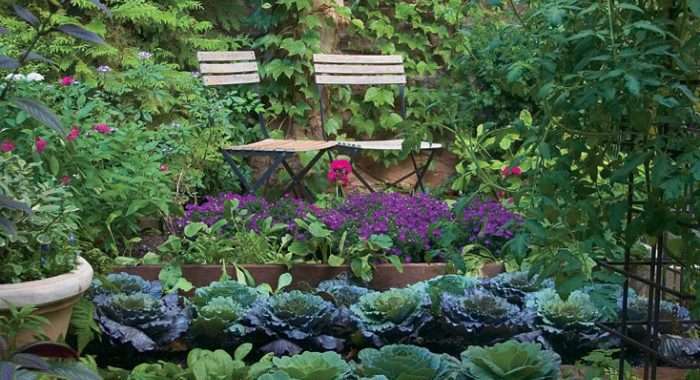
Organic garden design principles – working with beauty, goodness and truth
Author : My Food Garden
Organic garden design principles tend to relate to physical aspects of the garden such as: layout, size, orientation, drainage, materials used and how it is managed with a strong orientation to eliminating the chemicals of industrial agriculture.
When the deeper meaning of beauty, goodness and truth permeate design and operation of the garden, you will discover qualities that rise above the physical aspects of organic garden design principles.
In exploring the most appropriate way to work with goodness, beauty and truth, I feel its helpful to firstly look at some history of how gardens have been viewed in the past:
-
Mesopotamia – This birth place of the today’s gardening and agriculture, had enclosed gardens that were thought of as being conceived by divine cosmic laws
-
Egypt – Gardens developed around pools and each garden was considered as image of the divine cosmos. The separation between inner and outer worlds was not yet pronounced
-
Greek – The whole landscape was looked upon as a garden. The Greeks felt the spiritual beings in various kinds of landscapes and plants
-
Roman – The focus changed and gardens were designed in human proportions, the divine order replaced by purely human design
-
Middle ages and Islamic world – The sacred garden reappeared however the human being no longer sought the divine within the plants of the garden but within himself
-
Renaissance – The sacred quality of gardens had all but vanished. The gardens had strong architectural form, clipped plants and became prestige symbols
-
18th century – A counter movement of creating a new design approach based on an actively engaged relationship with nature, more sensitive observation and a dissolution of boundaries
-
19 and 20th centuries – A renewed view of the spiritual aspects of gardens but this evolves through the gardener. The gardener is not a mere observer but is creatively active
This history follows the path of changing human consciousness and reveals that organic garden design principles are now more a reflection of our inner selves. The three qualities underlying garden design work from Greece to Middle Ages being rediscovered in a new way are:
-
Beauty – Beauty in the world enables us to experience something higher, cosmic and sacred. Our gardens need to nourish our soul through their beauty
-
Goodness – Our gardens must serve an ethical and social purpose over and above our own needs
-
Truth – Gardens need to feed us, be productive and recognise our responsibility to care for the earth.
How do we bring beauty, goodness and truth into our organic garden design principles?
-
Beauty – Diversity of colour and varieties in plants, contemplation of beauty using very concentrated observation, having garden forms that flow in their shape, dissolution of boundaries so your garden is designed to blend with the surrounding landscape
-
Goodness – Recognise that you are the custodian of a living system in and around your garden and this creates an ethical responsibility to care for and nurture this system. Open your garden up to your family, friends and local community, a garden in your front yard is a very simple way to express a social purpose
-
Truth – Design your garden so it easy to work in, efficient to manage, all the services you need are close by, you are objective and open about how you manage the garden, you work with organic and biodynamic methods and you check in on the garden each day and become more conscious that your garden is connected to the rhythms of the cosmos.
Beauty, goodness and truth can be used through all walks of life. Its a wonderful framework that serves the inner and outer worlds. By becoming more conscious of this framework, your garden and your life expresses your individuality more actively.
Rudolf Steiner expresses beauty in a very interesting way: “A space where forces appear to approach the earth from all points of the cosmos and sculpt the forms present on the earth surface from the outside”. Thus it is no longer the divine order that determines beauty from above, but what streams out from a place, guided by our individuality.
Come along to one of our Workshops or talk to us about our Coaching service.
Authored by Peter Kearney – My Food Garden
Thanks to Jean Michel Florin, author of Our Earth a Global Garden for some of the history in this blog. Jean-Michel is head of the Section for Agriculture at the Goetheanum.

